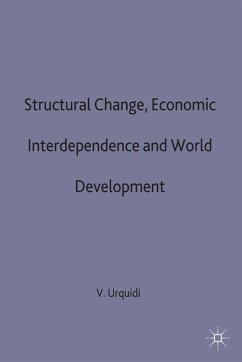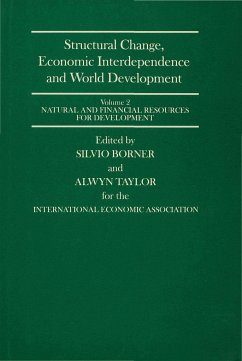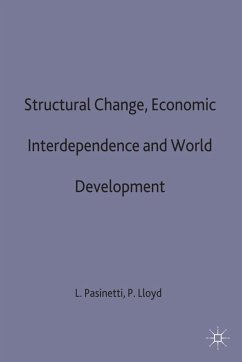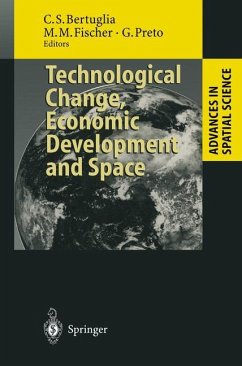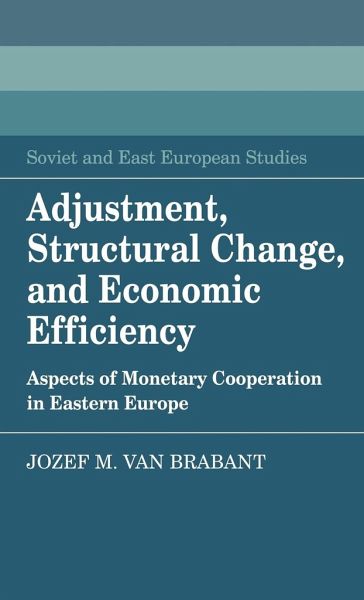
Adjustment, Structural Change, and Economic Efficiency
Versandkostenfrei!
Versandfertig in 1-2 Wochen
93,99 €
inkl. MwSt.

PAYBACK Punkte
47 °P sammeln!
This 1988 book examines the indirect instruments and the related institutions that help to coordinate key economic decisions within and among the economies belonging to the Council for Mutual Economic Assistance (CMEA). The chief purpose is two-fold: to assess thier adequacy in light of the forced economic adjustments of the early 1980s and to formulate feasible changes for both in order to avert a recurrence of such developmental obstacles. Jozef van Brabant argues that these instruments and institutions are inadequate. He proposes that a resumption of rapid growth depends largely upon bolste...
This 1988 book examines the indirect instruments and the related institutions that help to coordinate key economic decisions within and among the economies belonging to the Council for Mutual Economic Assistance (CMEA). The chief purpose is two-fold: to assess thier adequacy in light of the forced economic adjustments of the early 1980s and to formulate feasible changes for both in order to avert a recurrence of such developmental obstacles. Jozef van Brabant argues that these instruments and institutions are inadequate. He proposes that a resumption of rapid growth depends largely upon bolstering factor productivity growth, which can only be achieved through positive structural changes and a root-and-branch reform of the individual and groupwide economic mechanisms.





